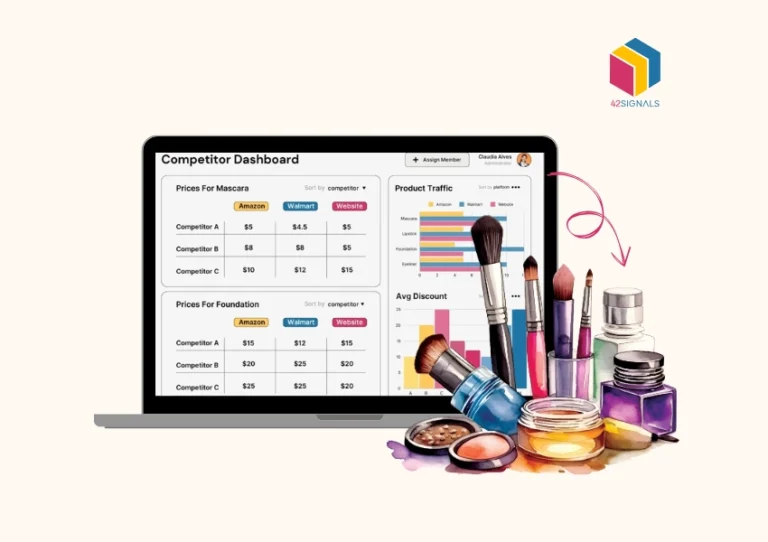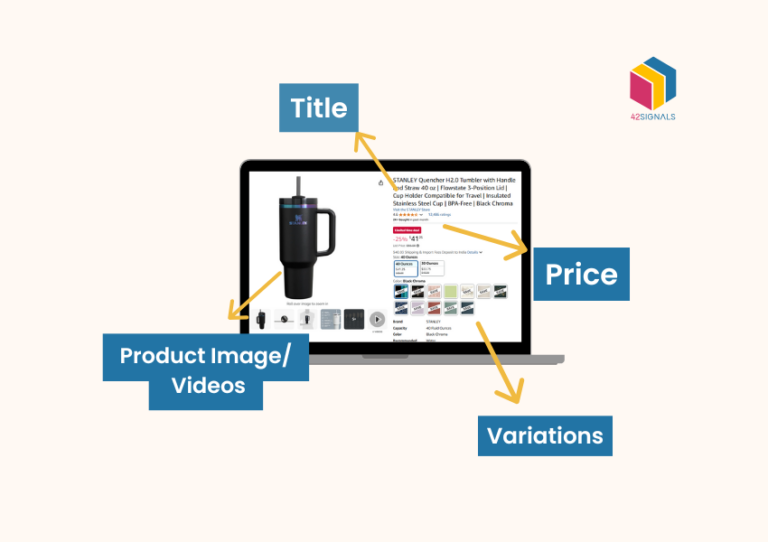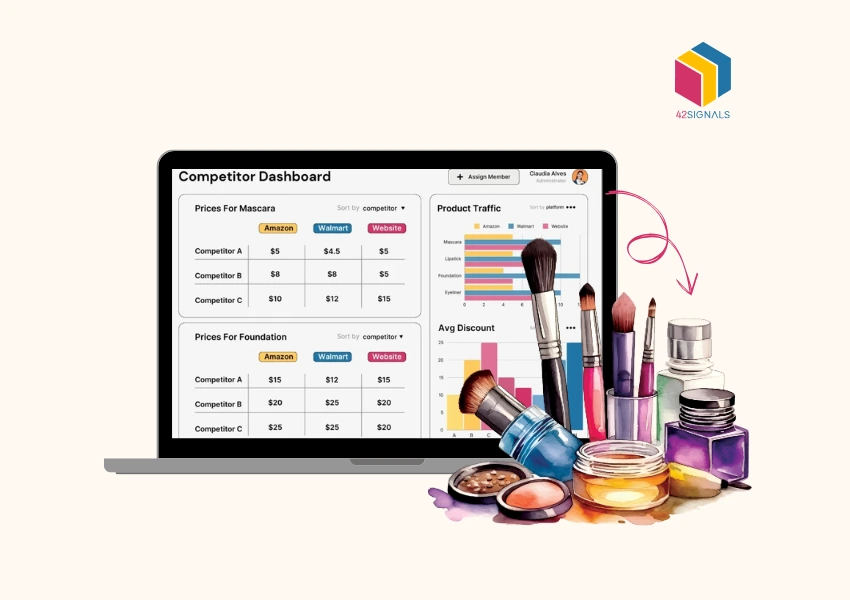To carefully understand the nuances of price perception, let’s begin with an example.
Let’s say you’re browsing through Amazon in search of a new smartphone. In your quest, you stumble upon two intriguing options. The first one is tagged at $899, while the second, a touch pricier, is listed at $999. Your initial instinct nudges you towards the $899 model, making it seem like the smarter choice.
But as you scrutinize the $999 option more closely, you uncover that it includes a complimentary high-quality protective case, valued at $50, and a set of premium earbuds worth $150. Suddenly, your perception of value takes an unexpected turn, and you may find yourself leaning toward the $999 alternative.
This scenario shows how even the smallest details and clever pricing tactics can significantly sway our perception of a product’s price and ultimately affect our buying decisions.
This article explores the various factors that influence price perception, the role of pricing strategies, the consequences of price perception, and strategies for managing it effectively.
What Is Price Perception?
Price perception is the way customers assess and interpret the cost of a product or service. It extends beyond the mere numerical value and takes into account elements like perceived value, quality, and relevance.
Factors Influencing Price Perception
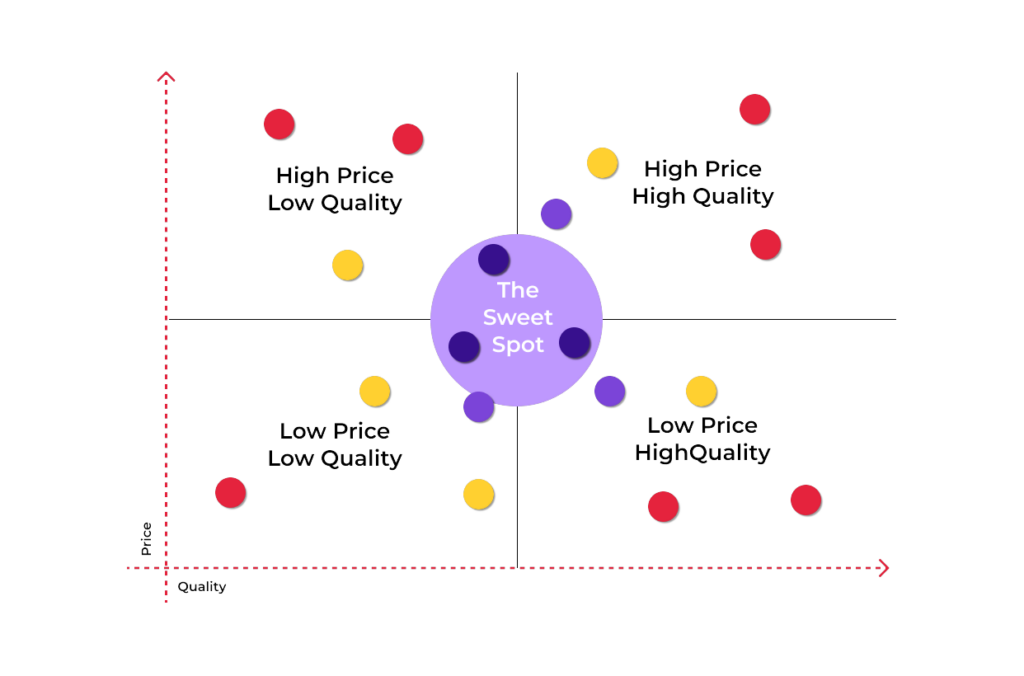
Image Source: Priceva
Several factors contribute to the way customers perceive prices in online retail. Some factors that may influence the price perception are:
1. Reference Prices
Customers often compare the current price with some reference point; such as the manufacturer’s suggested retail price (MSRP) or the average market price. Deviations from these reference prices can impact perception.
2. Brand Image
Customers’ perception of a brand can influence how they perceive its prices. A well-established and reputable brand may command higher prices compared to lesser-known brands.
3. Price-Quality Relationship
Customers tend to associate higher prices with better quality. However, this relationship may vary depending on the category of products and customer preferences.
4. Perceived Value
How much customers think a product is worth directly affects what they are willing to pay for it. If they believe they are getting their money’s worth, customers are more likely to hit that ‘buy’ button without a second thought.
5. Customer Reviews
The opinions and experiences shared by other customers through reviews play a crucial role in shaping price perception. Positive reviews often add perceived value to a product, influencing customers’ willingness to pay the listed price. On the other hand, negative reviews might lead to a re-evaluation of the price in relation to the perceived product quality.
The Role of Pricing Strategies
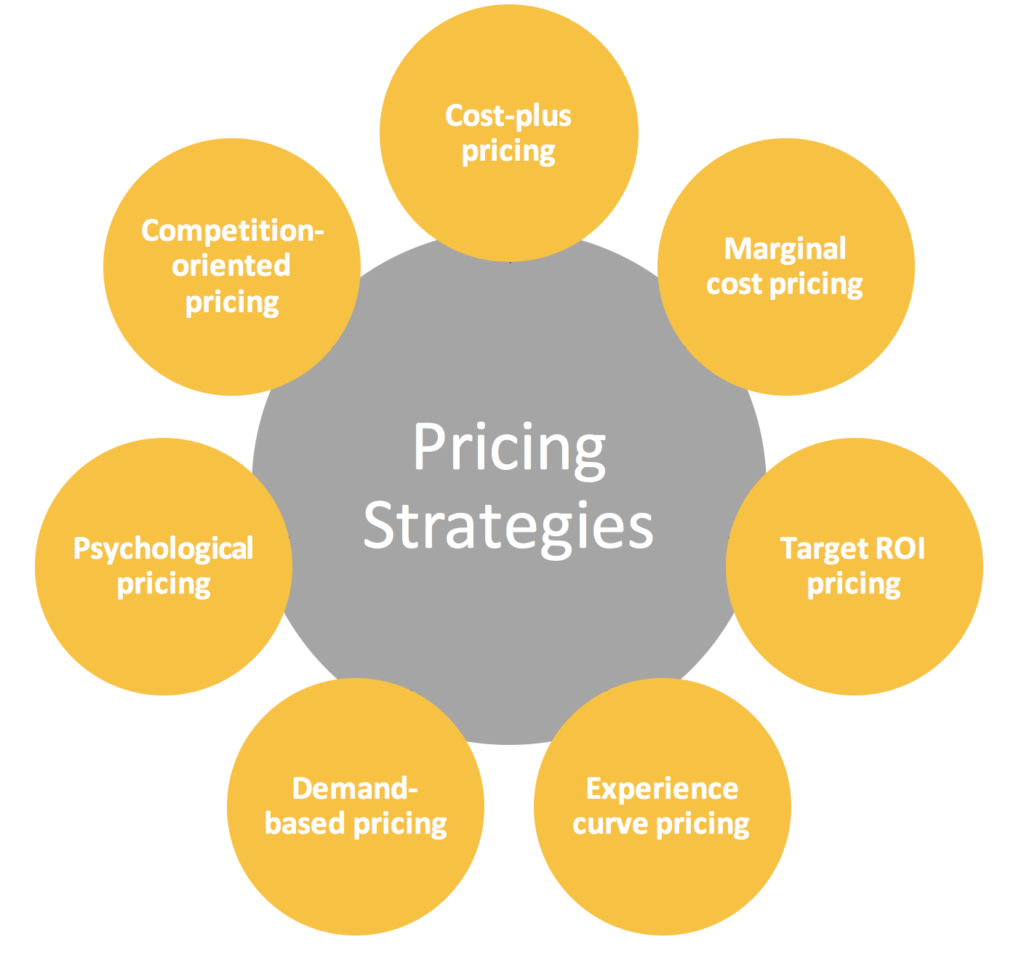
Image Source: Medium
Effective pricing strategies are essential for shaping customer’s perception of prices. Online retailers employ various strategies to influence customers’ price perception. Some common strategies include:
Discounts and Promotions
Offering discounts or running promotions can create a perception of lower prices, even if the original price remains the same. Limited-time offers and flash sales can instil a feeling of immediacy, motivating customers to complete a transaction swiftly.
Price Bundling
Bundling products together at a discounted price can create a perception of value for customers. This strategy not only increases the perceived value but also encourages customers to purchase multiple items.
Dynamic Pricing
Online retailers often use dynamic pricing algorithms to adjust prices based on factors such as demand, competitor prices, and customer behavior. This strategy allows retailers to optimize prices in real-time and attract price-sensitive customers.
MAP Violations: Maintaining Price Consistency
The Minimum Advertised Price (MAP) is a policy enforced by manufacturers to maintain price consistency across retailers. Violating MAP can negatively impact price perception among customers. Online retailers must adhere to MAP policies to avoid price perception issues and maintain healthy relationships with manufacturers.
At 42Signals, we specialize in MAP violation monitoring and can help you maintain a consistent pricing strategy. Reach out to us today at sales@42signals.com to safeguard your online retail business and foster trust with your customers and suppliers.
Consequences of Price Perception
Price perception can have both positive and negative consequences for online retailers. Understanding these consequences is crucial for developing effective pricing strategies. Here are a few potential outcomes:
1. Customer Loyalty
If customers perceive fair prices and good value, they are likelier to become loyal to a brand and make repeat purchases. Positive price perception can contribute to long-term customer relationships.
2. Competitive Advantage
Online retailers that can effectively manage price perception have a significant competitive advantage over their rivals. By positioning themselves as offering fair prices and high value, they can attract more customers and potentially outperform their competitors.
3. Price Sensitivity
Price perception can also influence customers’ price sensitivity. Customers with a strong price perception may be more inclined to compare prices across different retailers, making it essential for online retailers to differentiate themselves through other value propositions.
The Significance of Pricing Transparency
Maintaining pricing transparency is crucial for online retailers. Customers value transparent pricing practices and are more likely to trust a retailer that provides clear information about their pricing structure. Pricing transparency builds trust and helps manage price perception positively.
Strategies for Managing Price Perception
To effectively manage price perception, online retailers can implement the following strategies:
- Communicate Value: Highlight the unique value proposition of products to justify the price. Clearly articulate the benefits and features that set them apart from competitors.
- Provide Price Comparisons: Offer easy-to-understand comparisons with competitor prices to demonstrate that your prices are competitive or better.
- Leverage Customer Reviews: Display positive customer reviews that emphasize the value and quality of products. Genuine testimonials can enhance the perceived value and justify the price.
- Invest in Customer Service: Exceptional customer service can help offset any negative price perceptions. By providing a superior shopping experience, retailers can retain customers even if they might find lower prices elsewhere.
In conclusion, price perception significantly impacts customers’ purchase decisions in online retail. By understanding the factors that influence price perception, leveraging effective pricing strategies, maintaining pricing consistency, and prioritizing pricing transparency, online retailers can effectively manage price perception and drive customer acquisition and loyalty.
Price perception is not solely about offering the lowest prices; it is about providing value, maintaining trust, and meeting customers’ expectations. By focusing on these aspects, online retailers can positively influence price perception and establish themselves as trusted destinations for customers.
Frequently Asked Questions
What are the different pricing strategies and ways to improve sales?
- Change the unit of measurement: Instead of pricing a product per unit, try pricing it per ounce or gram. This can make the price seem more reasonable and less daunting to customers.
- Offer different package sizes: Offering different package sizes can give customers the option to purchase a smaller quantity of the product, which can make the price seem more manageable.
- Use price anchoring: Place a higher-priced item next to a similar but lower-priced item to make the lower-priced item seem like a better value.
- Use odd-number pricing: Pricing items at odd numbers (e.g., $1.99 instead of $2.00) can make them seem cheaper and more appealing to customers.
- Emphasize the benefits: Highlight the benefits of the product, such as its quality, durability, and features, to justify the price and make it seem more reasonable to customers.
- Provide context: Provide context for the price by comparing it to similar products on the market or highlighting the cost savings over time.
- Offer discounts and promotions: Offering limited-time discounts or promotions can make the price seem more attractive and encourage customers to buy.
- Use psychological pricing: Use psychological pricing techniques, such as pricing ending in .99 or .79, to make the price seem more appealing and less intimidating to customers.
- Showcase expertise: Showcase the expertise and craftsmanship that goes into creating the product to justify the price and build trust with customers.
- Offer financing options: Offer financing options, such as installment payments or layaway plans, to make the price seem more manageable and accessible to customers.

